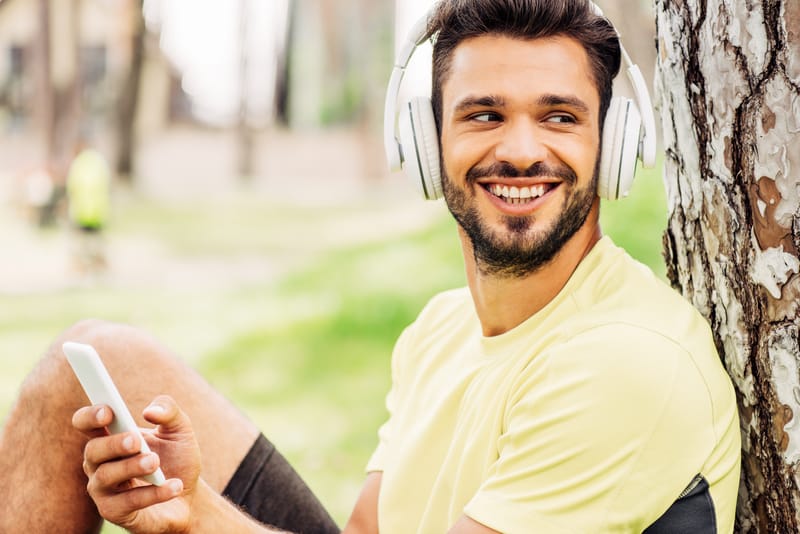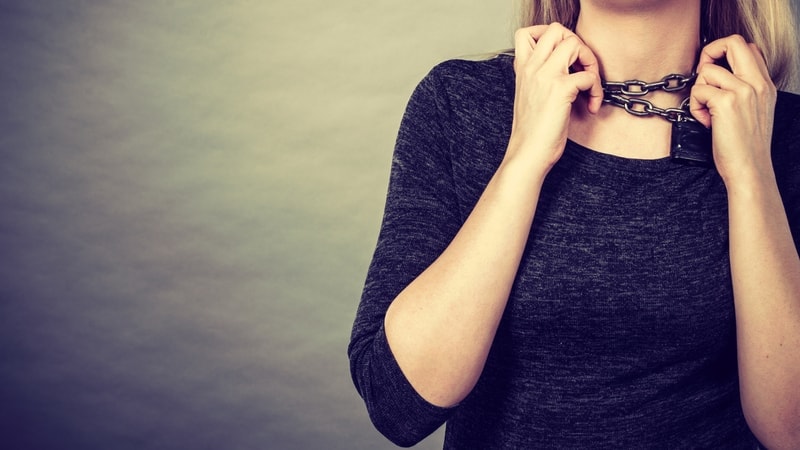The registered incidence of autism spectrum disorders has increased dramatically in the past decades. It’s estimated that at present days, 1 in 100 children worldwide is diagnosed with symptoms of autism. The conventional treatments available for children with autism are generally therapy-based behavioral interventions, as there is no medication that can cure all the symptoms of autism. Acupuncture for autism is a treatment option that is growing in popularity, and there are now scientific studies to support it.
The statistics published at autismspeaks.org reflect an increase in public health efforts to raise awareness of autism impact disorder. Acupuncture in children with autism is raising as well. Therapy applying acupuncture for autism has followed this global increase in awareness of autism spectrum disorders.
The treatment with acupuncture for autism spectrum disorders (ASD) is a low-risk one, which makes it especially interesting for individuals and families affected by autism. Acupressure treatment for autism (manual acupuncture), as a cost-free alternative, lacks the scientific endorsement that acupuncture has. However, in the clinical trials studies carried out for acupuncture, many times, acupressure and massage are utilized instead of needles since not all patients can tolerate them, and the result showed itself to be an effective treatment.
Can Acupuncture Help With Autism?

According to a paper published in The Scientific World Journal Hindawi, of 31 studies on the effects of acupuncture and autism spectrum disorders, including clinical trials in patients of ages 1 to 18, acupuncture was shown to significantly improve the quality of life in patients with autism, even more than behavioral therapy-treated groups. In the studies that had groups receiving both behavioral therapy and acupuncture, the improvement was even greater, and acupuncture in children with autism was considered an effective treatment. The safety of acupuncture was also valued, and the result was positive for scalp acupuncture treatment and acupuncture for children.
Amongst the improvements post acupuncture and scalp acupuncture treatment reported in the scientific studies on acupuncture for children were:
- Better language communication function and/or social interaction
- Reduction of repetitive behaviors
- Improvements in fine motor abilities
- Improvements in self-care
- Improvements in cognitive function
The TCM diagnosis upon which the autism acupuncture treatment was based according to the studies above mentioned included Liver Qi stagnation, hyperactivity of Heart & Liver Fire, and phlegm blocking Heart orifice. In TCM’s view of the human body, the Liver is responsible for keeping the Qi pathways free and ensuring its appropriate flow throughout the whole body. When the Liver Qi gets blocked, this stagnation creates Heat and Fire that manifests as agitation and true discomfort. This is often observed in children with autism.
Liver Qi stagnation and Heart Fire can create further problems, such as bloating in the hypochondrium and digestive problems, difficulties sleeping and maintaining sleep, many dreams, etc. The autism acupressure points generally are acupoints that help to re-establish the proper flow of Qi in the human body, as well as soothe the Shen. Shen refers to the Chinese concept of Spirit, which resides in the Heart, is responsible for the psyche, and can get disturbed by excessive Heat and Fire.
Acupressure Points For Autism Spectrum Disorders
The benefits of doing acupressure for autism (manual acupuncture) can vary according to each case, and like all other treatment options, it works best earlier in life, especially in patients with natal autism. Since it is a non-invasive therapy that implies minimum risk, you can as well combine it with other behavioral interventions.
Some of the acupoints we will feature can be applied as a treatment for other developmental disorders as well. For instance, what was once diagnosed as autism, now become known as Asperger’s Syndrome, which has milder symptoms. There is no contradiction between the treatment of acupuncture and Asperger’s Syndrome. The same acupoints can be utilized for both autism spectrum disorders as well as Asperger’s Syndrome.
Acupoint: HT-7 (Other Names: Heart-7/Shen Men/Spirit Gate)
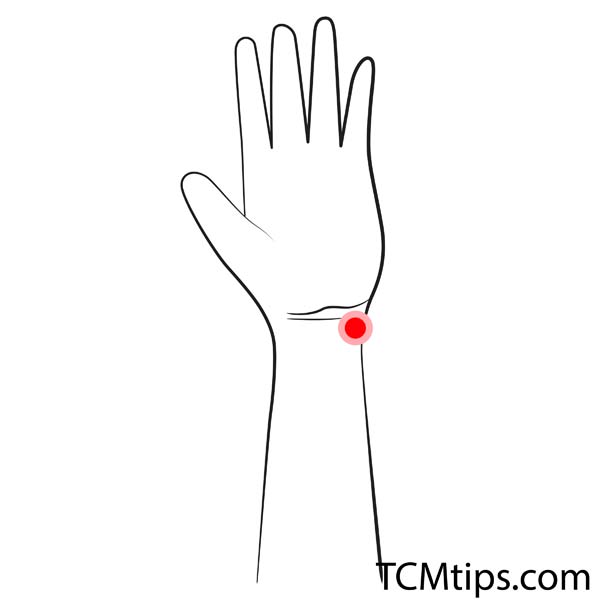
HT-7 Shenmen is found at the wrist joint, on the side of the little finger, in the depression right above the pisiform bone.
HT-7 is the foremost acupoint to calm and regulate the Shen. When Heart fire rages, it agitates and excites the Shen, leading to insomnia and mental hyperactivity. When phlegm, or phlegm-fire, obstruct the orifices of the Heart, the Shen will be disturbed to vary degrees. It ranges from milder manifestations in the human body such as disorientation, agitation, and restlessness to the more severe symptoms of dementia, mania, uncontrolled laughter, insulting behavior, and epilepsy.
Whatever the underlying syndrome, Shenmen HT-7 may be used to help restore harmony to the Shen. This is also one of the acupressure points for heart blockage, and it can be one of the acupressure points for Aspergers Syndrome if you’re looking to create your own protocol at home as well.
Massage this acupoint using your thumb with mild but firm pressure for about three minutes, three times a day.
Acupoint: GV-20 (Other Names: The Governing Vessel-20/Bai Hui/Hundred Convergence)
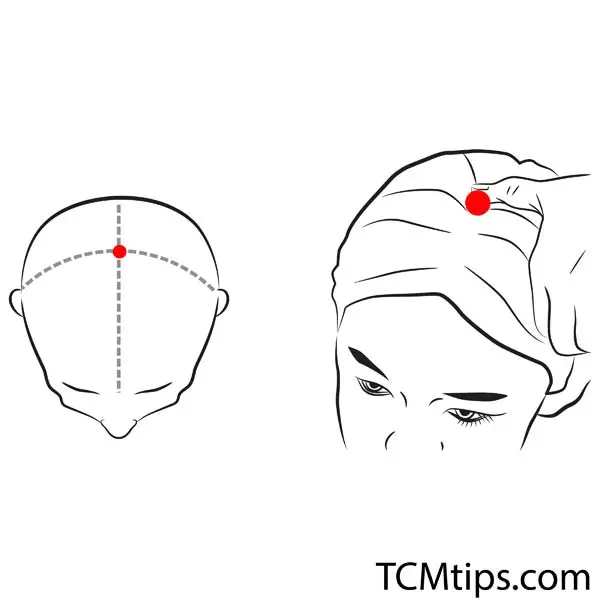
GV-20 can be found on the midline of the head by drawing a straight line from both ears up.
GV-20 Baihui is an acupoint whose name can be translated as “Hundred Meetings”, because it is the meeting point of the Governing vessel with the Bladder, Gall Bladder, Sanjiao, and Liver channels, besides being the point of the Sea of Marrow. It is one of the acupressure points for neck pain and headaches.
Sea of Marrow refers to the brain. Baihui is a specific acupoint that helps the Yang Qi to reach the brain, improving the functions of the sense organs. Baihui has been seen in many studies on the effects of acupuncture for autism spectrum disorders.
Press this point firmly for a few seconds and release it intermittently for about three minutes, three times a day.
Acupoint: EM-2 (Other Names: Yin Tang/Hall of Impression)
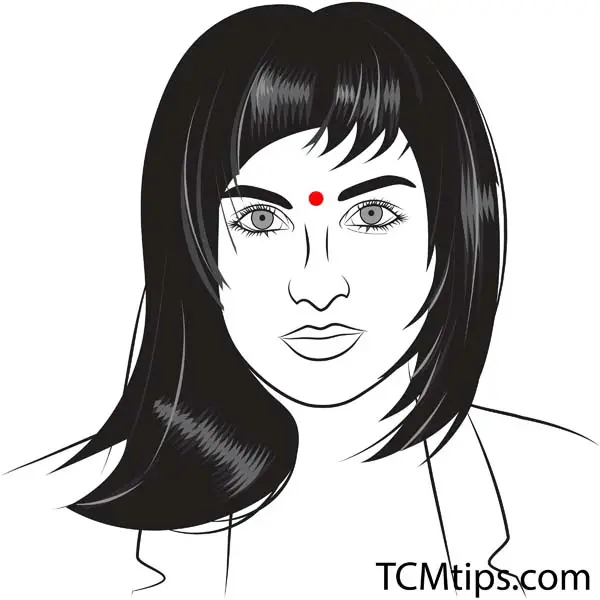
EM-2 Yintang is located at the midpoint between the medial extremities of the eyebrows.
This point is a powerful and effective point to calm the Shen in the treatment of insomnia, anxiety, and agitation. It is also recommended in the treatment of infantile convulsions. This acupoint is utilized in acupressure for sinus inflammation.
With your middle finger press this acupoint gently with circular movements for two minutes, three times a day for a better effective rate.
Acupoint: PC-6 (Other Names: Pericardium-6/Nei Guan/Inner Pass)
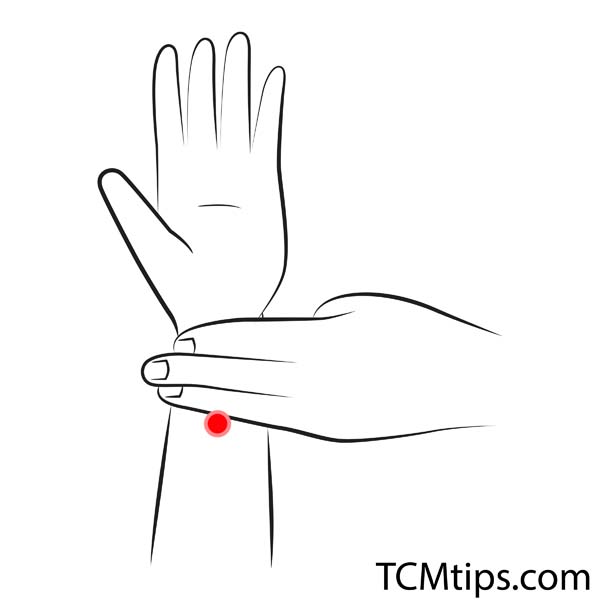

This acupoint can be found on the forearm, with the palms of the hands facing up, 2 cun from the wrist, between the tendons of palmaris longus and flexor carpi radialis.
PC-6 Neiguan is effective to treat disorders of the chest such as asthma and cough, as well as pain in the lateral costal region and hypochondrium. These last two symptoms reflect the relationship of Neiguan P-6 to stagnation of Liver qi, explained by the paired relationship of the Pericardium and Liver channels. Neiguan PC-6, therefore, is especially effective in treating stagnation of Liver qi. For this reason, this is one of the acupressure points for Stomach inflammation.
The action of PC-6 on regulating the Heart and calming the Shen emphasizes its dual effect on both the physical and emotional aspects of the Heart. It is one of the main acupuncture points for regulating and calming
the Shen and treating a wide range of emotional disorders, whatever the underlying syndrome might be. It is indicated for insomnia, epilepsy, mania, poor memory, fright, sadness, fear, and apprehension.
Press this acupoint for 4 seconds and release it on a ratio of 4/3 seconds, do this three times a day for a better effective rate.
Acupoint: KI-3 (Other Names: Kidney-3/Tai Xi/Supreme Stream)
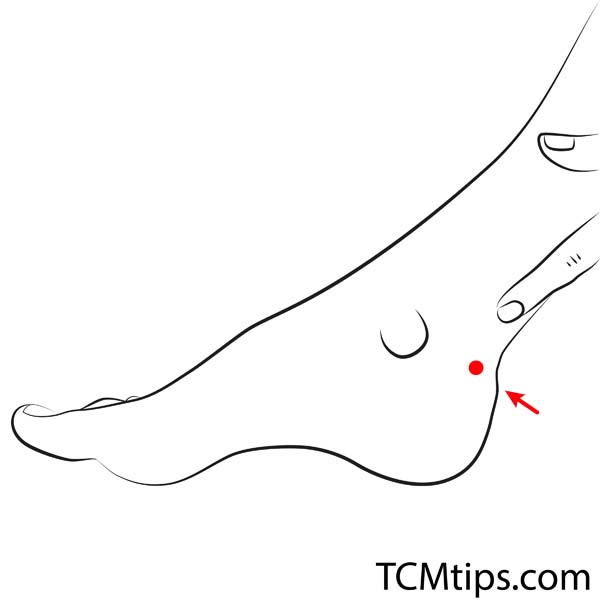
KI-3 Taixi is the Yuan and Earth point of the Kidney channel. It’s located in the depression between the medial malleolus and the Achilles tendon, level with the prominence of the medial malleolus. Due to its location, this is one of the points utilized in acupressure for peroneal tendonitis.
The Kidneys occupy a unique position among the organs. It stores the Yin Essence and conserves the Ming Men or healthy Fire. The Kidneys are the root of the Yin and Yang of the whole body. Because of this fundamental role, deficiency of the Kidneys may both cause and result from disharmony of any of the other organs.
Since Kidney Essence produces marrow to fill the brain and spinal cord, this acupoint is considered very important for cognitive development. Lastly, Taixi is an important point to bolster the Kidneys and enable them to support the Heart and, consequently, the Shen. This is what makes this a particularly interesting point in acupuncture for autism.
Stimulate this acupoint by sitting down on a chair and using your thumbs to massage it with circular movements, releasing intermittently for about three minutes for a better effective rate.

Try our Anti-Aging Gua Sha Tool designed to bring out your skin’s natural glow.
Best Gua Sha Product- Anti-Aging: The tool is designed to target 11 specific aging signs such as wrinkles and sagging skin. By following the 7-step routine, users can improve skin firmness and reduce fine lines naturally.
- Enhances Skincare Routine: It works effectively with serums and lotions, boosting absorption and efficacy of skincare products.
- Visible Skin Improvement: Users can expect a smoother complexion, reduced puffiness, and a more youthful appearance.
 P. Sze
P. Sze 

